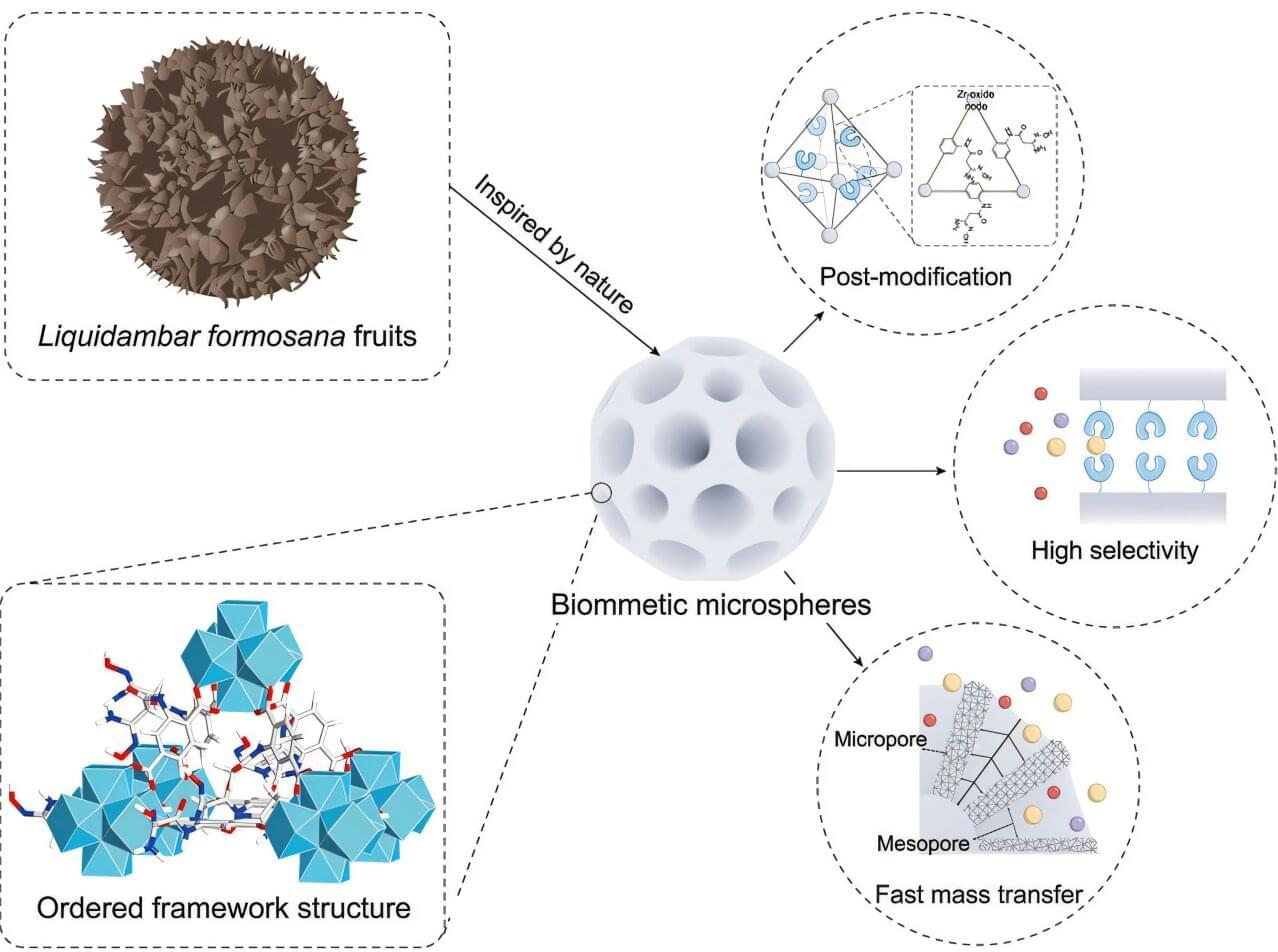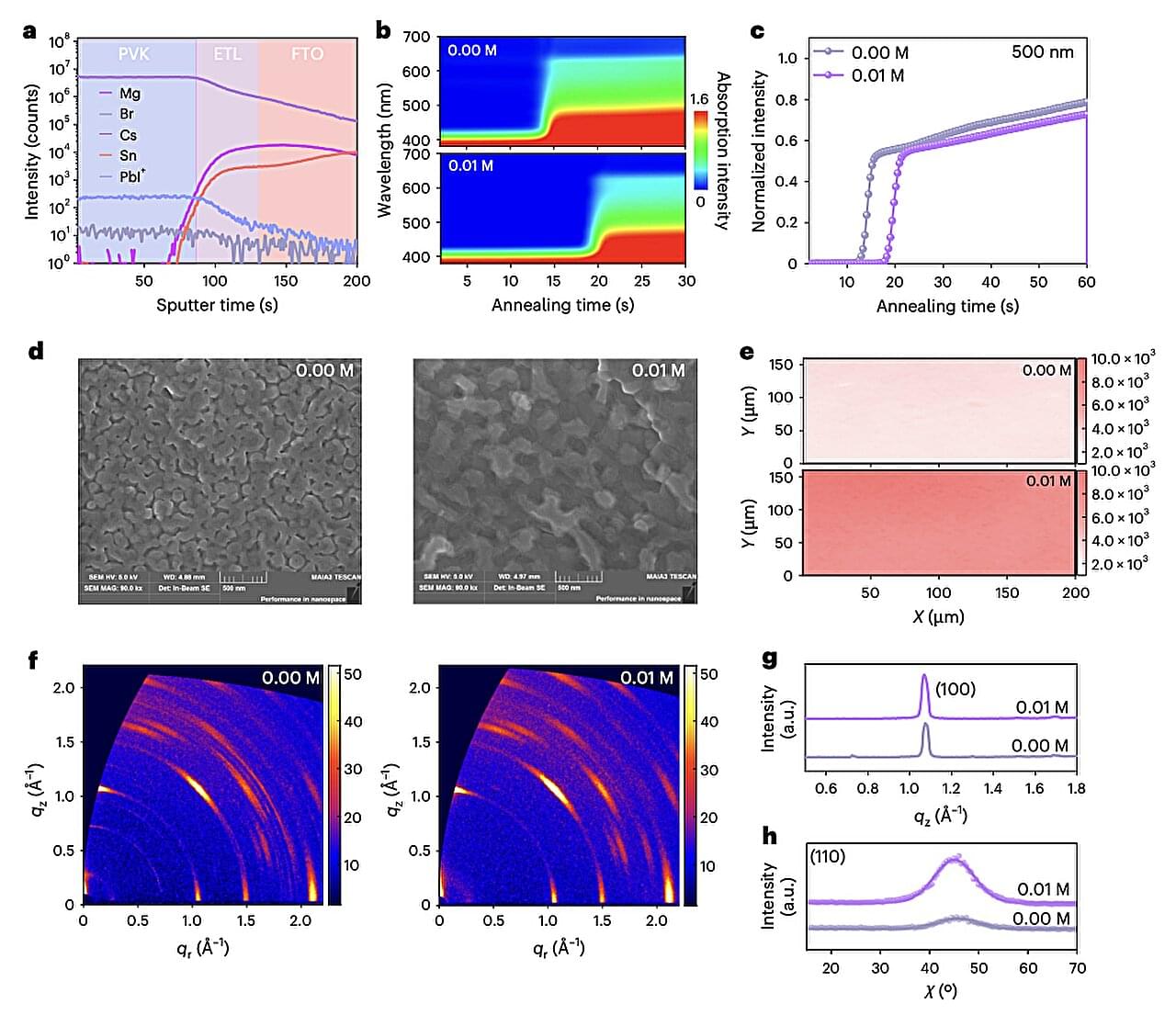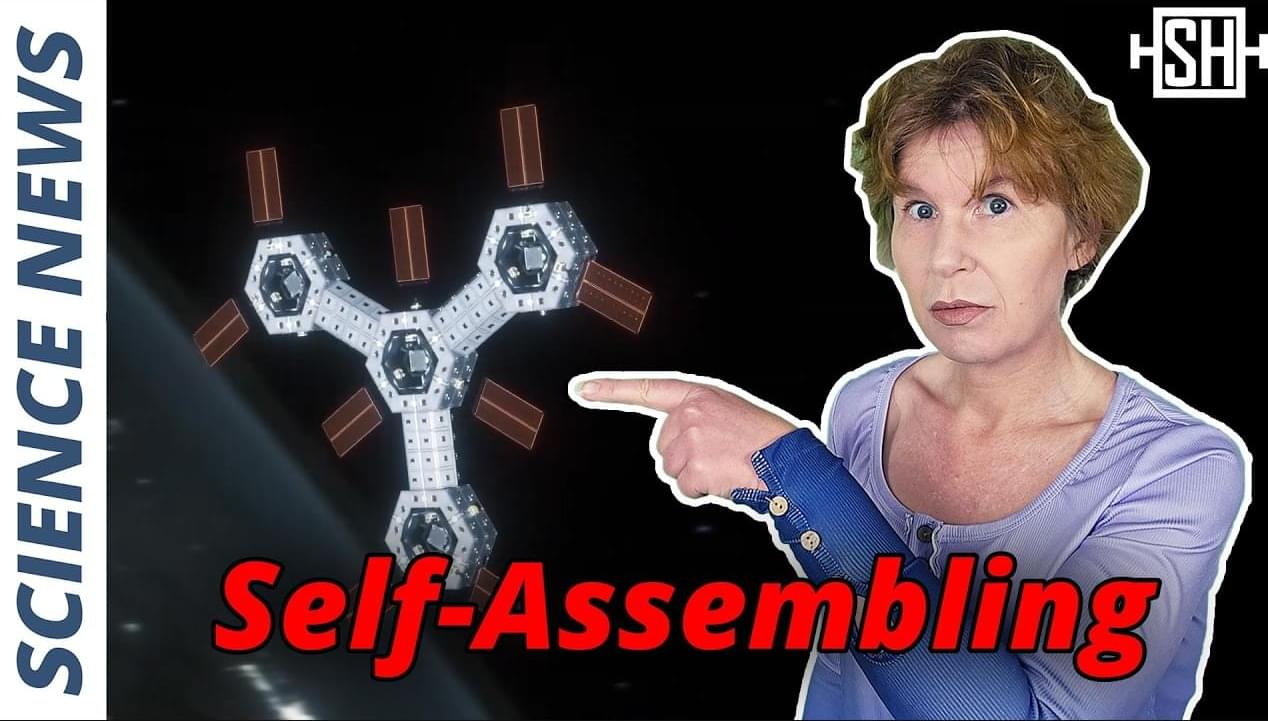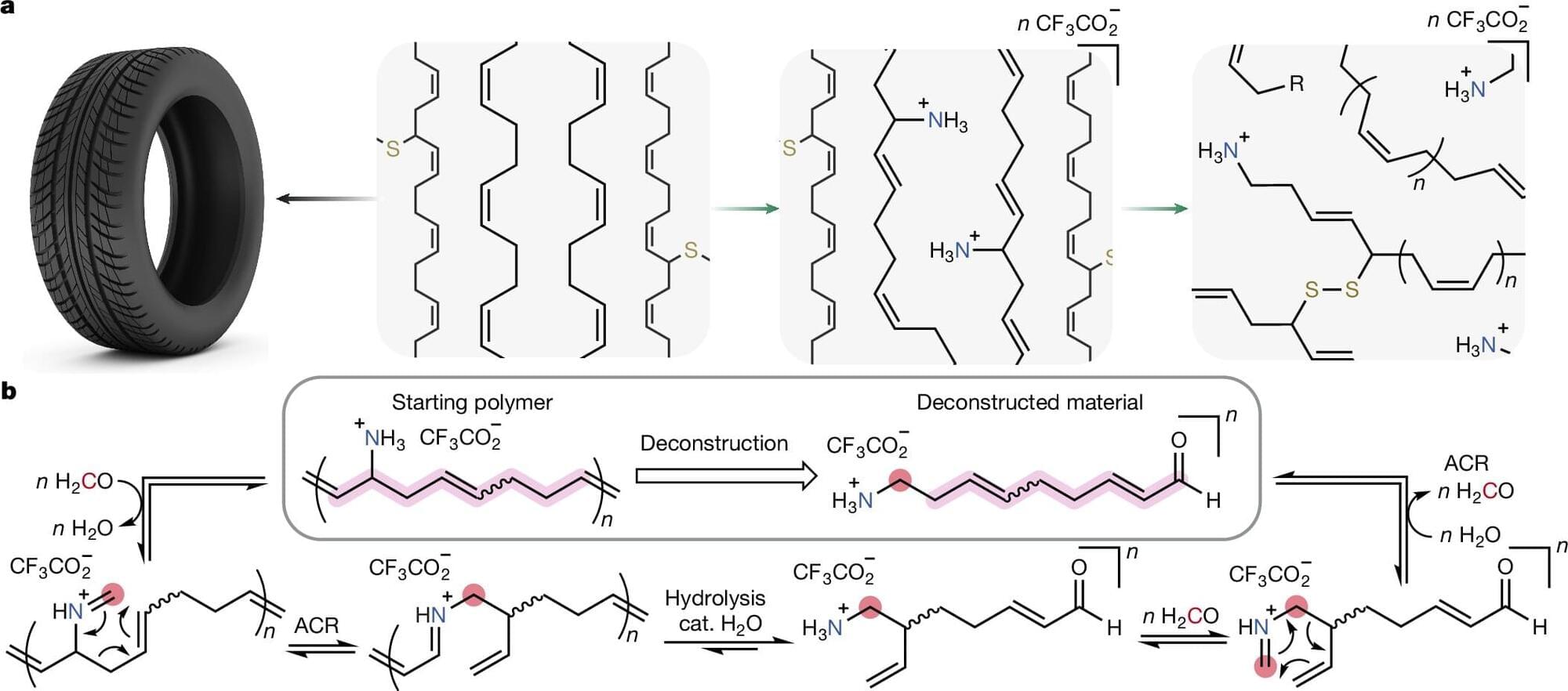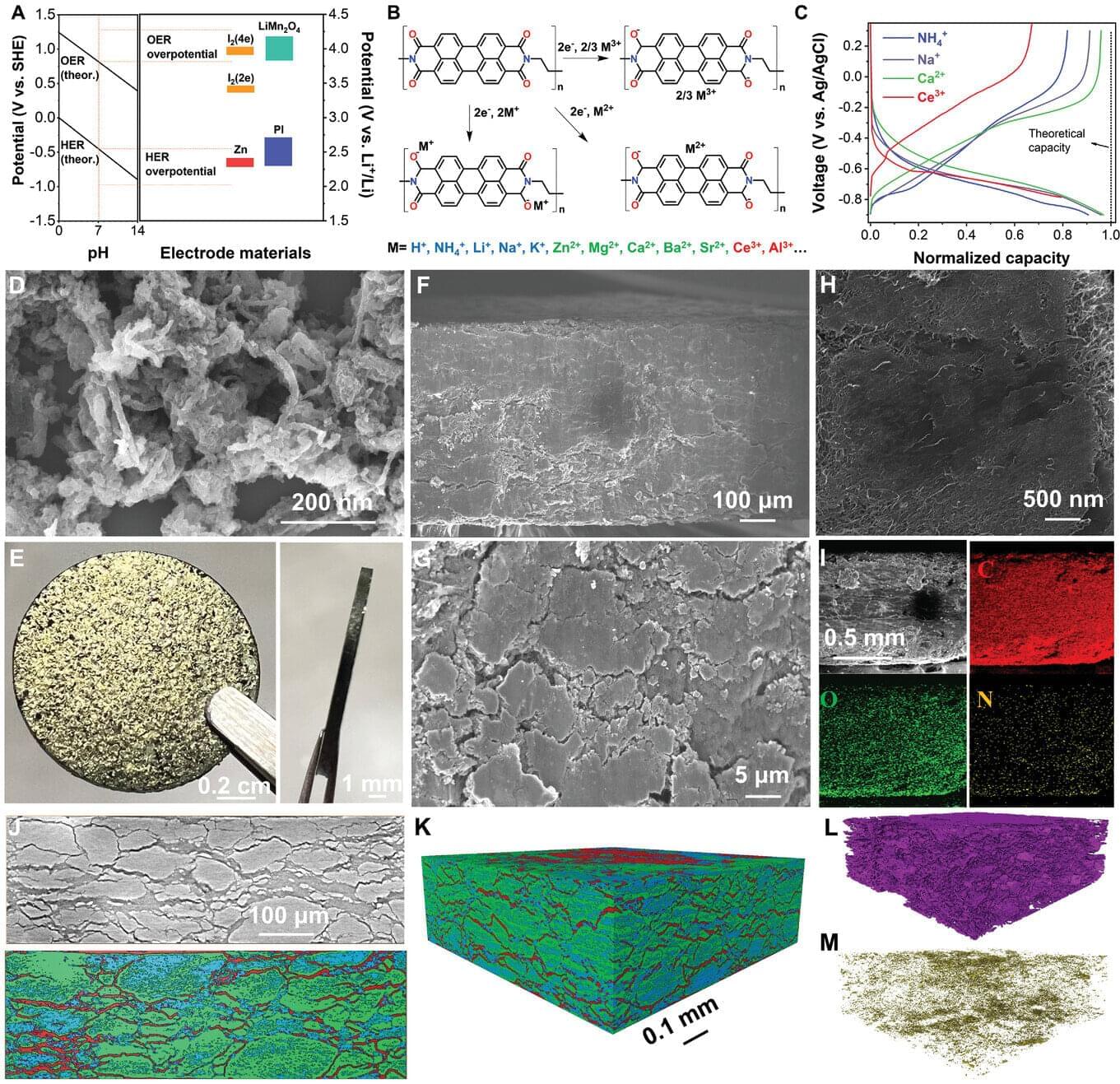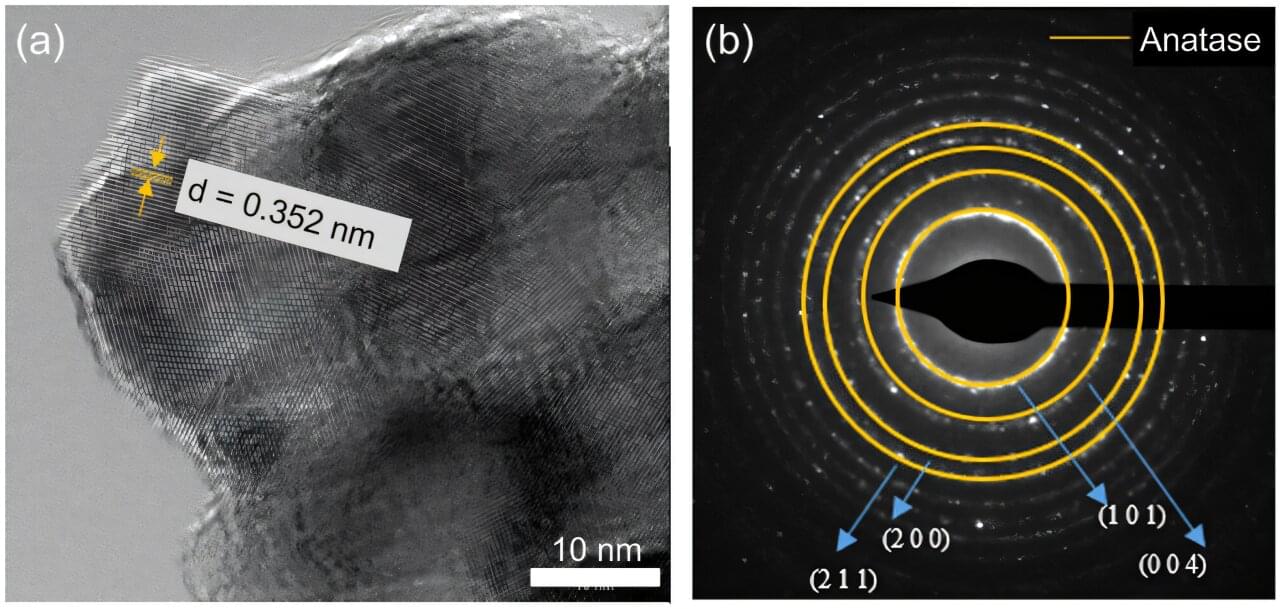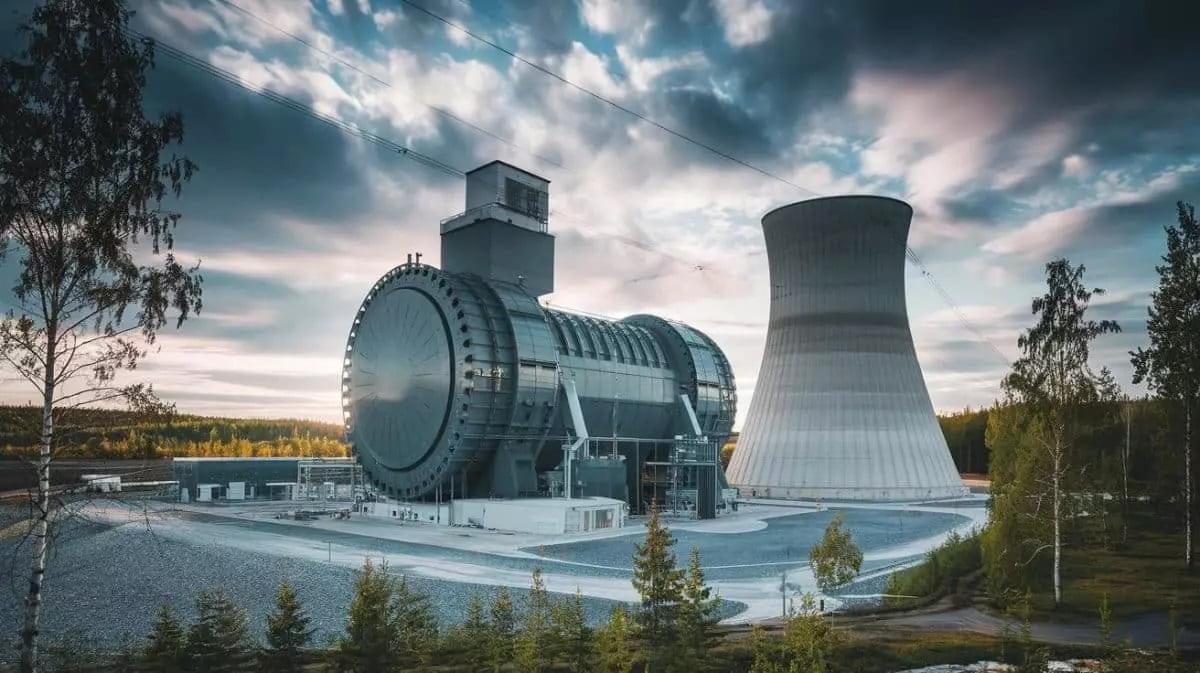The oceans hold an enormous amount of very diluted uranium that could potentially serve as a sustainable fuel source for nuclear power. But how can uranium be extracted quickly and efficiently from seawater?
Balancing high selectivity for uranium ions with rapid transport of those ions has long been a major challenge in obtaining uranium from the sea. Now a groundbreaking study suggests a solution.
A research team led by Prof. Wen Liping from the Technical Institute of Physics and Chemistry of the Chinese Academy of Sciences has developed a biomimetic adsorbent that can attract and hold uranium ions. The inspiration for this adsorbent is the natural porous structure of the spiky, globular fruit of the Chinese sweetgum tree, Liquidambar formosana. The team’s findings were recently published in Matter.
